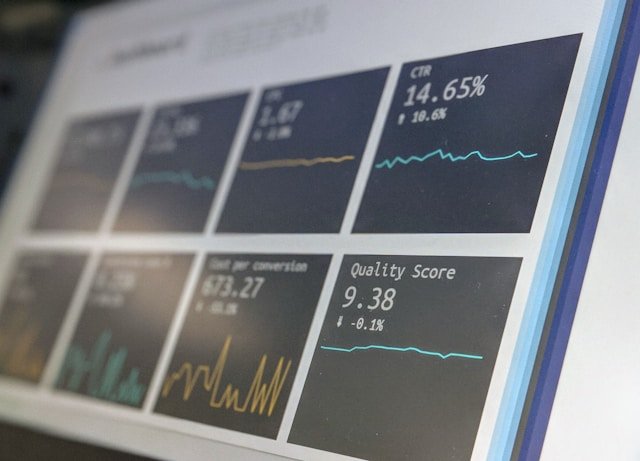In the fast-paced world of manufacturing, operational efficiency is paramount. Unplanned downtime, caused by unexpected equipment failures, not only disrupts production but also leads to significant financial losses. Enter predictive analytics—a game-changing technology that companies like IndustLabs leverage to reduce downtime and optimize manufacturing processes.
This blog delves into how predictive analytics is transforming manufacturing by unlocking efficiency, minimizing downtime, and paving the way for smarter, more resilient operations.
Understanding Predictive Analytics in Manufacturing
Predictive analytics uses data, statistical algorithms, and machine learning techniques to predict future outcomes based on historical data. In manufacturing, this translates to:
- Monitoring Equipment Health: Analyzing real-time data from machinery to identify early signs of wear or failure.
- Forecasting Maintenance Needs: Predicting when equipment is likely to fail, allowing for proactive maintenance.
- Optimizing Operations: Enhancing decision-making through actionable insights derived from machine data.
By anticipating issues before they occur, predictive analytics minimizes disruptions and enhances overall efficiency.
The Impact of Downtime on Manufacturing
Downtime is one of the most critical challenges manufacturers face. According to industry reports:
- Unplanned downtime can cost manufacturers thousands of dollars per minute.
- Equipment failure is responsible for nearly 42% of unplanned downtime.
- Downtime impacts production schedules, employee productivity, and customer satisfaction.
Traditional approaches to maintenance, like reactive or scheduled maintenance, often fall short of addressing this issue. Reactive maintenance happens too late, while scheduled maintenance can lead to unnecessary downtime. Predictive analytics offers a solution by bridging the gap between these outdated methods.
How Predictive Analytics Reduces Downtime
Predictive analytics plays a pivotal role in improving uptime and operational efficiency. Here’s how:
1. Real-Time Monitoring
Predictive analytics relies on IoT sensors and data collection systems to monitor equipment in real-time. By continuously analyzing performance metrics like temperature, vibration, and pressure, manufacturers can detect anomalies before they escalate into full-blown failures.
2. Proactive Maintenance
Instead of waiting for a machine to break down, predictive analytics enables maintenance teams to address issues proactively. Much like planning in Home Remodeling, where small repairs prevent larger problems, predictive analytics identifies issues early, such as a deteriorating bearing, allowing it to be replaced before causing a complete shutdown.
3. Minimized Production Disruptions
With predictive analytics, manufacturers can schedule maintenance during non-peak hours, minimizing the impact on production. This strategic approach ensures that operations continue to run smoothly.
4. Cost Savings
Preventative measures are often far less expensive than emergency repairs or prolonged downtime. Predictive analytics helps manufacturers save money by reducing unnecessary maintenance and avoiding catastrophic failures.
5. Improved Resource Allocation
By knowing exactly when and where maintenance is needed, manufacturers can allocate resources more effectively. This reduces the workload on maintenance teams and ensures that critical issues are prioritized.
Applications of Predictive Analytics in Manufacturing
Predictive analytics is versatile and can be applied across various aspects of manufacturing:
- Production Line Optimization: Identifying bottlenecks and inefficiencies in production lines to improve throughput.
- Energy Management: Monitoring energy consumption to optimize usage and reduce costs.
- Quality Assurance: Predicting quality issues based on historical data and adjusting processes accordingly.
- Supply Chain Management: Anticipating disruptions in the supply chain and mitigating risks before they impact production.
For example, a food processing plant may use predictive analytics to monitor refrigeration systems, ensuring consistent temperature levels and avoiding spoilage. Similarly, automotive manufacturers can predict wear on critical machinery, preventing costly delays in assembly lines.
Conclusion
Predictive analytics, powered by Artificial Intelligence, is transforming manufacturing by reducing downtime, improving efficiency, and cutting costs. By leveraging real-time data and actionable insights, manufacturers can stay ahead of equipment failures, including those related to Electrical Switchgear, and maintain seamless operations. While challenges remain, the long-term benefits far outweigh the initial hurdles.
As industries continue to innovate, predictive analytics will remain at the forefront of manufacturing efficiency, helping businesses achieve their goals in an increasingly competitive landscape.



